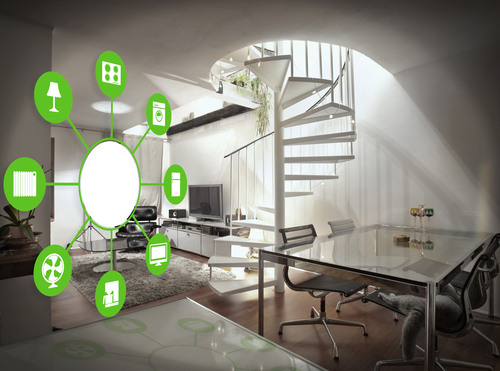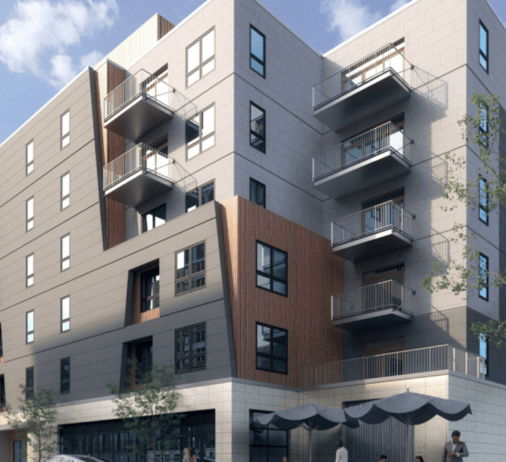3 Ways Technology Is Transforming Home Design
When Beijing construction company Huashang Tengda erected the world’s first 3-D-printed home in just 45 days, it signaled a revolution that is sweeping through home manufacturing as well as home design. 3-D printing technology is already inspiring new design trends, such as the free form 3-D-printed house Curve Appeal, which won the Freeform Home Design Challenge for its innovative interior. Drawing inspiration from the look of natural caves, the design uses stalactite-type columns to support a glass-paneled, eco-friendly structure. Curve Appeal is just one example of the new design trends technology is inspiring. Here’s a look at some other ways technology is reshaping the way home design is done.
Home Design Apps
One way technology is revolutionizing home design is by making it easier to do tasks that used to require extensive floor plans, notebooks, tape measures and paint decks. For instance, if you’re working on an Apple device such as an iPhone 7 Plus or iPad, KeyPlan 3-D lets you draw, furnish and paint your designs and view them in either 2-D or 3-D.
If you’ve got 2-D photos you want to draw from for inspiration, roOomy lets you convert your 2-D images into 3-D renderings you can work with. You can also use roOomy to preview design looks and even virtually stage homes, digitally cleaning them up and then furnishing them so you can present them to clients as they’ll look when complete.
If you’re working from photos and text, FiftyThree’s Paper app lets you highlight areas of digital images and text and draw handwritten notes on them for yourself or for sharing with clients. You can catalogue a home’s furniture with visual instructions and notes using the Housepad app, originally designed for taking home maintenance notes.
Designing for the Smart Home
Smart home technology is another trend reshaping home design. Designers are both envisioning homes with smart applications in mind and thinking up ways to make smart technology look better. For example, the Ding doorbell, designed in cooperation with Barber and Osgerby creative consultancy Map, combines smart functionality with aesthetic appeal. The Ding doorbell system enables home owners to remotely answer the door by combining a smartphone app with a doorbell and speaker that are connected by cordless phone technology and that in turn connect to the Internet. When a guest rings the doorbell, the app either makes the speaker emit a chime or sends a notification to the home owner’s smartphone. The home owner can then either physically open the door or speak to the visitor through their smartphone. They can also remotely unlock the door. The doorbell and speaker are designed to look aesthetically pleasing by incorporating a minimalist look for elegance and unobtrusiveness.
Most smart home devices work in this piecemeal fashion, but technology is emerging that links all devices in a residence in a single connected home network. For instance, ZigBee deploys a standards-based global wireless solution designed to encompass the widest possible range of devices. This enables the various devices in a home to function in coordination as a digital ecosystem for controlling everything from heating and cooling to security monitoring.
Designing with Smart Materials for Better Living
Technology is also allowing designers to work with smarter materials and improve home owners’ quality of living. For example, one smart home in Lake Nona is designed with materials and concepts intended to promote ecofriendliness and better health with cork floors, purification systems for air and water, a shower that supplies vitamin C and an alarm clock that system adjusts the lighting to simulate a dawn sunrise.
Meanwhile, car manufacturer Tesla has just unveiled solar roof tiles that are designed to be both functional and stylish and can be installed by solar power installation company – Artisan Electric. The tiles come in textured glass, smooth glass, Tuscan glass and slate glass styles, making them blend in so well that the casual observer will not notice they are solar panels without being told. Functionally, the tiles can both power a standard home and deliver energy to a Powerwall 2 battery for use in power outages. Additionally, the panels boast other benefits, such as being more resilient to damage than standard roofing materials.


